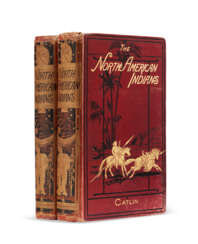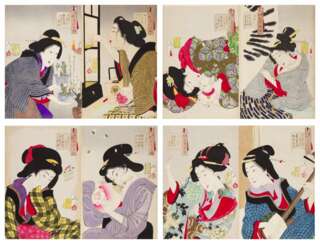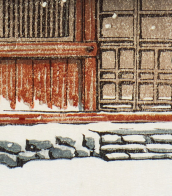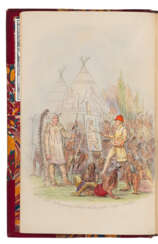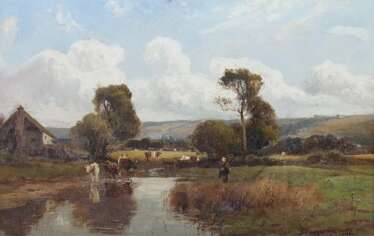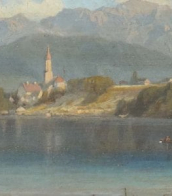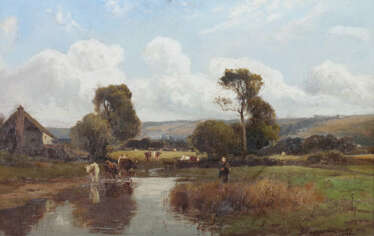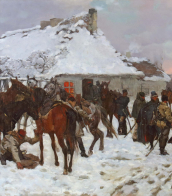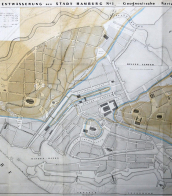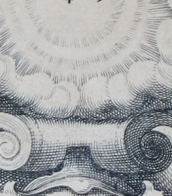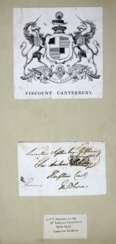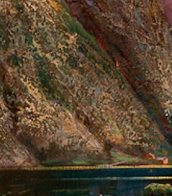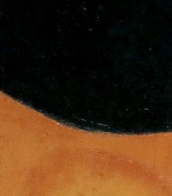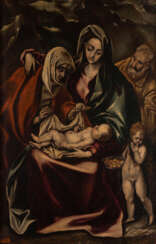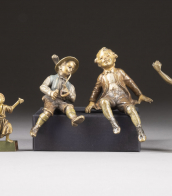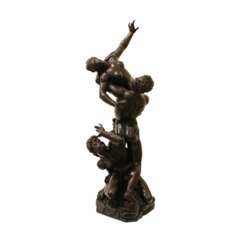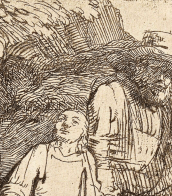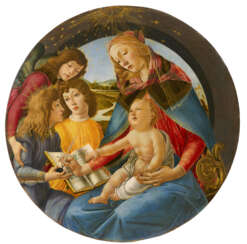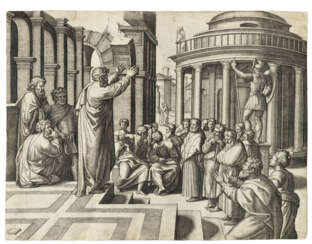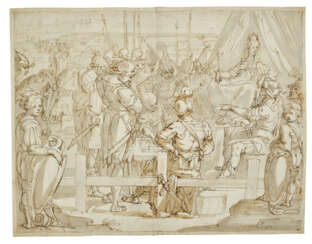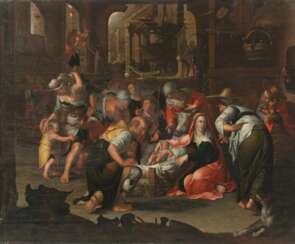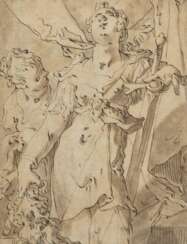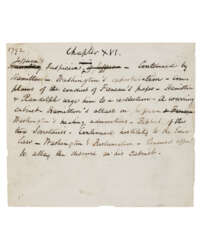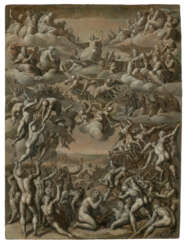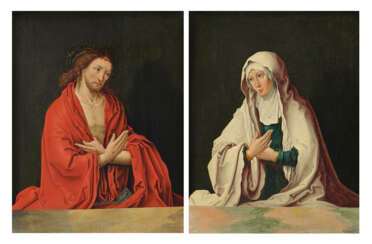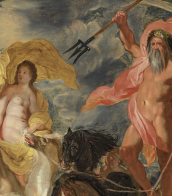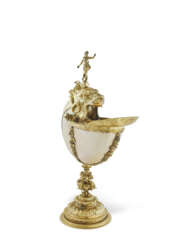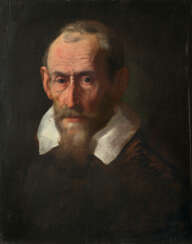mannerism
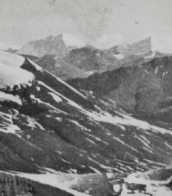

Sandro Botticelli, an Italian painter of the Early Renaissance, was renowned for his exquisite works that beautifully merged classical mythology with religious themes. Born Alessandro di Mariano di Vanni Filipepi in Florence around 1445, Botticelli became a pivotal figure in the Florentine art scene under the patronage of the Medici family. His education under Filippo Lippi honed his skills in painting, leading to a unique style that emphasized linear grace and ethereal beauty. Botticelli's art is celebrated for its elegance and for capturing the spirit of the Renaissance, a period marked by a rebirth of interest in classical antiquity and humanistic values.
Botticelli's oeuvre includes iconic mythological paintings like "The Birth of Venus" and "Primavera," both housed in the Uffizi Gallery in Florence. These masterpieces are distinguished by their allegorical complexity and the delicate portrayal of figures that seem to transcend the earthly realm, reflecting Botticelli's interest in blending myth with a narrative style that appeals to the viewer's sense of wonder and contemplation. His religious works, characterized by expressive emotion and devotional intensity, also earned him acclaim, particularly his contributions to the Sistine Chapel in Rome.
Despite his success, Botticelli's later years were marked by a shift in style influenced by the somber preachings of Savonarola, leading to a preference for more devotional themes. His reputation waned posthumously until the late 19th century, when a resurgence of interest in his work restored Botticelli to his rightful place as a master of the Renaissance. Today, Botticelli is regarded as an artist whose works encapsulate the innovative spirit of his time, bridging the Gothic tradition with the emerging Renaissance aesthetic. His legacy endures, inspiring art lovers and collectors who are drawn to the ethereal beauty and rich symbolism of his paintings.
For those captivated by the allure of Renaissance art, subscribing for updates on new discoveries, sales, and auction events related to Sandro Botticelli can enrich your appreciation and knowledge of this remarkable artist's contribution to the world of art and culture.

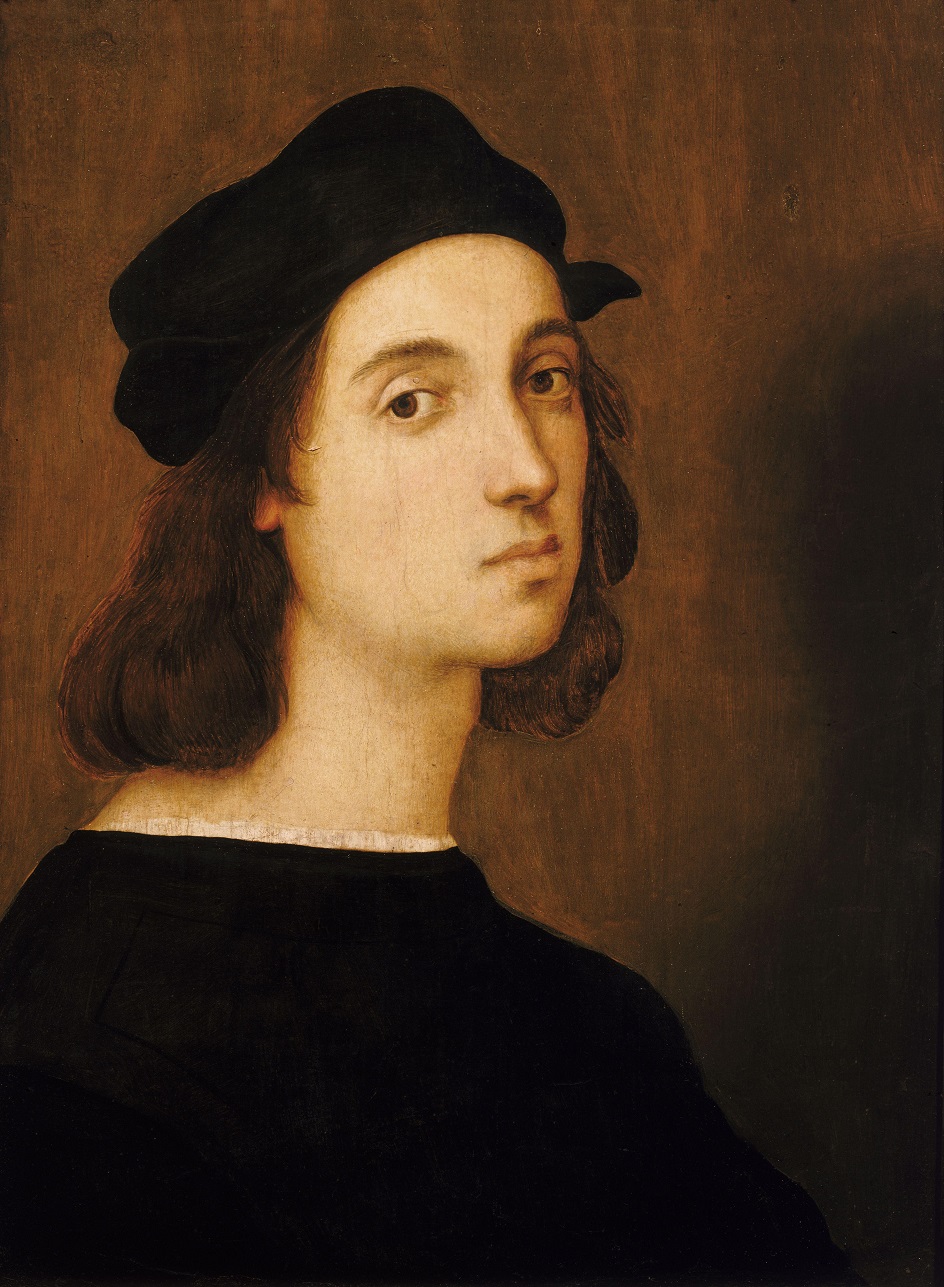
Raffaello Santi was an Italian artist, famously known for his contributions to the world of culture and art. Born in Urbino, Italy, in 1483, Raffaello Santi, commonly known as Raphael, was a renowned painter and architect during the Italian Renaissance. His exceptional talents in the realms of painting and sculpture have left an indelible mark on the art world, earning him a place among the greatest artists of all time.
Raphael's works are celebrated for their exquisite detail, harmonious compositions, and the graceful beauty of his subjects. He is best known for his remarkable frescoes in the Vatican Palace, including the famous "School of Athens," which exemplifies his mastery in blending classical antiquity with contemporary artistic sensibilities. His ability to capture the human form with unparalleled accuracy and sensitivity has earned him a reputation as a true virtuoso.
Among his other notable works are "The Sistine Madonna" and "The Transfiguration," both of which showcase his exceptional skills in portraying religious subjects with a captivating emotional depth. These paintings, along with many others, are now cherished treasures in museums and galleries worldwide, drawing art enthusiasts and experts alike to admire Raphael's timeless creations.
For collectors and art connoisseurs, Raphael's works are highly sought after, not only for their historical significance but also for their aesthetic appeal. His pieces continue to command great value in the art market, making them a valuable addition to any art collection.
If you are passionate about culture, art, and the works of this celebrated artist, consider signing up for updates related to Raphael Santi. Stay informed about new product sales and auction events featuring his masterpieces, and have the opportunity to acquire a piece of art history for yourself. Don't miss the chance to immerse yourself in the world of Raphael and his timeless contributions to the realm of art. Subscribe today and be a part of preserving his legacy.
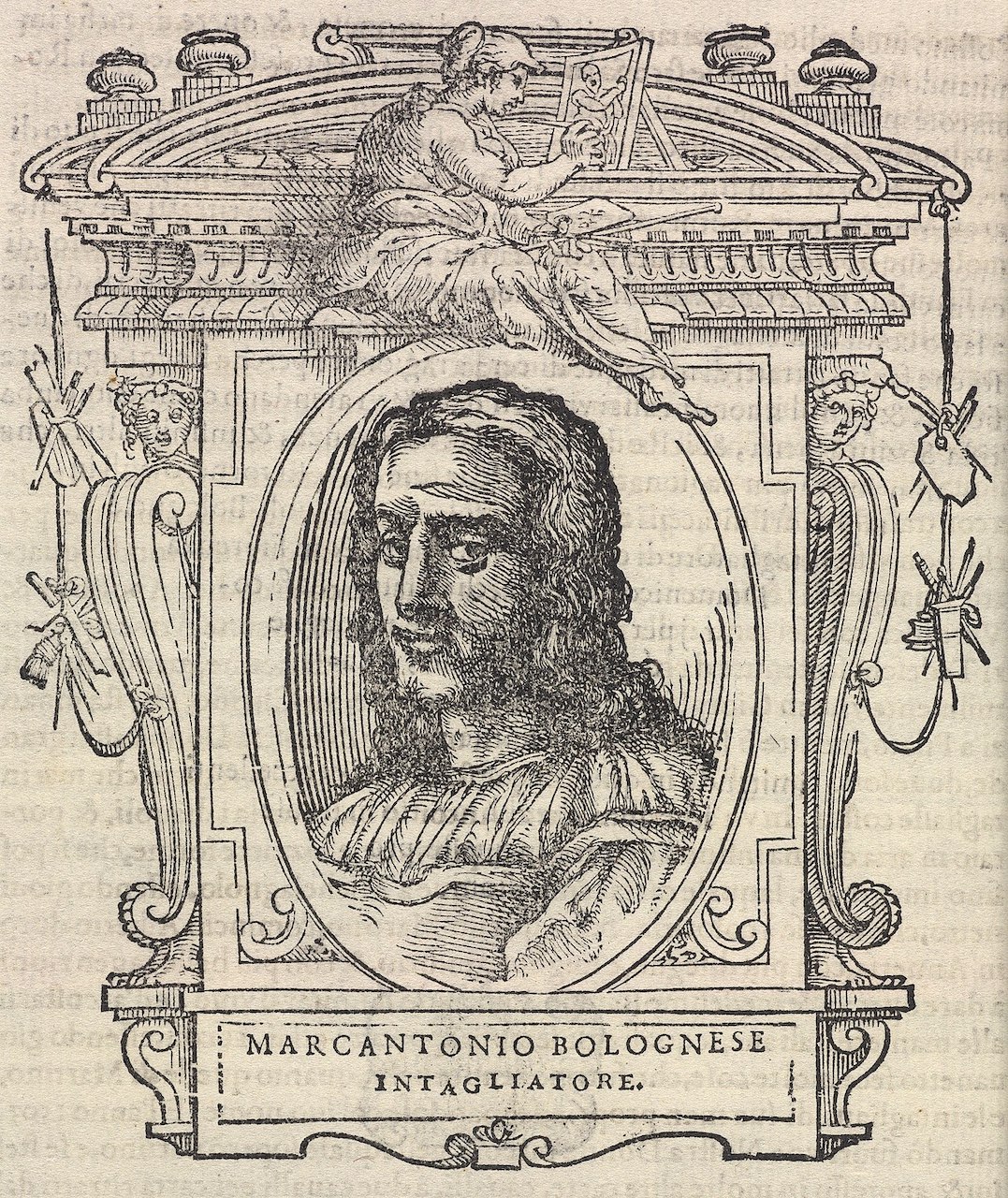
Marcantonio Raimondi, also Marcantonio Francia, was an Italian draftsman and copper engraver. He authored more than 300 engravings of Renaissance artworks, including paintings by Raphael and ancient monuments such as architecture, vases and ornaments.
Marcantonio spent his childhood years in Bologna, but little is known of his mother and father's family. The artist was called "Marco Antonio Bolognese". According to Giorgio Vasari, Marcantonio spent some time in France, as his monogram "MAF": Marcantonio Francia confirms. Later he travelled between Venice, Florence and Rome. Influences of the French style can be seen in his works.
His work on the works of Raphael led Marcantonio to collaborate with Giulio Romano, who first commissioned from him a series of images taken from The Histories of Venus, Apollo and Hyacinth and The Histories of Magdalene and the Four Evangelists. Sixteen engravings, based on drawings by Giulio Romano, of Pietro Aretino's love sonnets and containing an erotic subject, were called "Poses of Aretino".

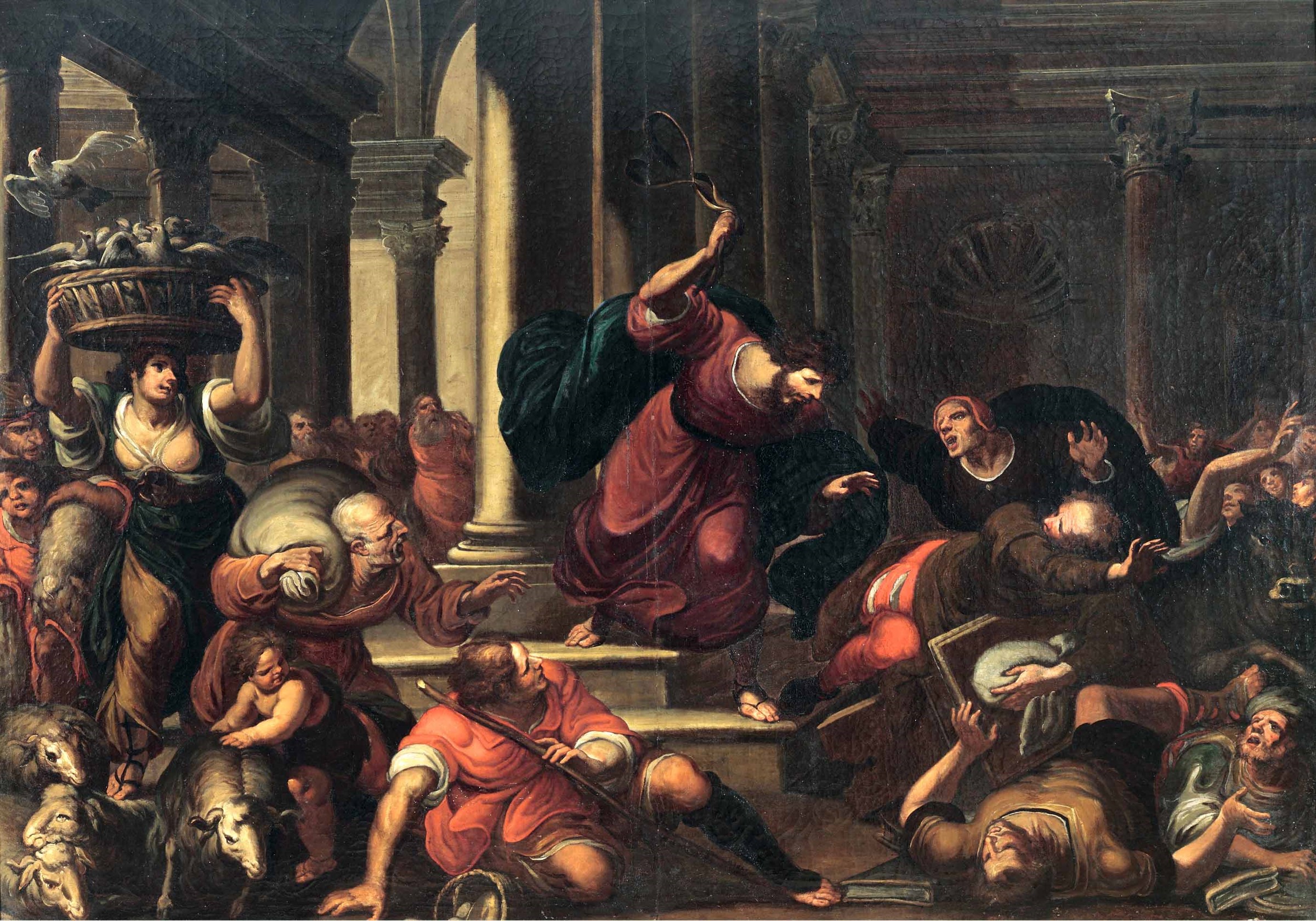
Giulio Benso was a Genovese painter of the early Baroque. He is known as one of the followers of the style of Luca Cambiasi. Initially under the patronage of Giovanni Carl Doria, he met Giulio Cesare Procaccini and was encouraged to study in the Genovese Accademia del Nudo. Afterwards, he was apprenticed to Giovanni Battista Paggi. Apart from his work in Liguria, he decorated the Palazzo Grimaldi in Cagnes-sur-Mer with the Fall of Phaeton and sent works to the Abbey of Weingarten in Germany. In the 1640s, he completed his masterpiece, a fresco in the presbytery and apse of the church of the Basilica della Santissima Annunziata del Vastato. There are also paintings of his in his hometown of Pieve di Teco as well as in the parish church of Sant'Ambrogio in Alassio.
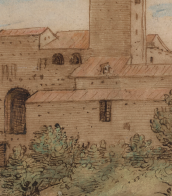
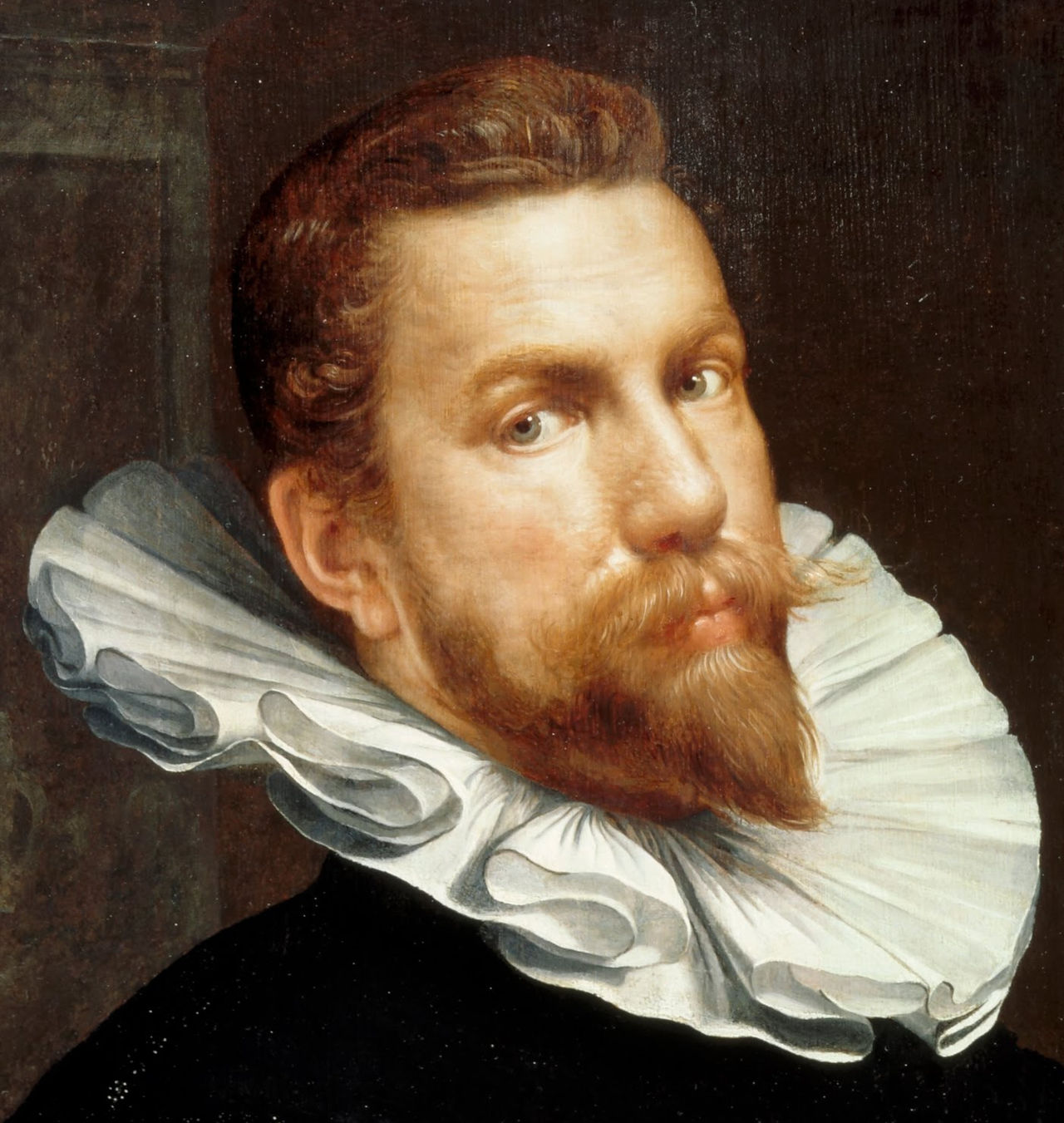
Joachim Anthoniszoon Wtewael, also Joachim Uytewael, was a Dutch painter, mannerist, engraver, and stained-glass artist, member of the Guild of Saint Luke in Utrecht. He painted mainly on religious and mythological subjects. After a trip to Italy and France he returned to Utrecht, where he became one of the leading Dutch representatives of Mannerism.
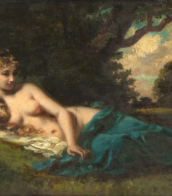

Joachim Anthoniszoon Wtewael, also Joachim Uytewael, was a Dutch painter, mannerist, engraver, and stained-glass artist, member of the Guild of Saint Luke in Utrecht. He painted mainly on religious and mythological subjects. After a trip to Italy and France he returned to Utrecht, where he became one of the leading Dutch representatives of Mannerism.

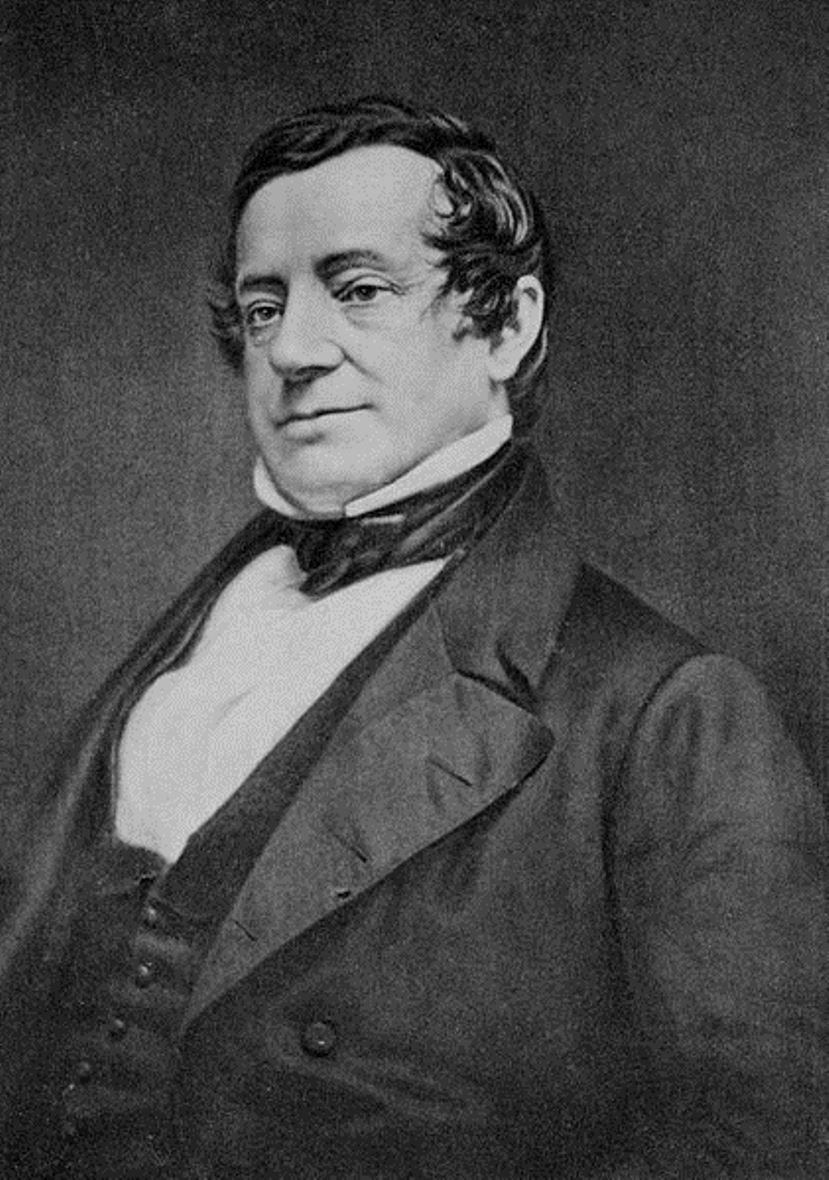
Washington Irving was an American Romantic writer, historian, and diplomat.
Irving has been called "the first American writer" to be recognized in Europe. In 1815, he traveled to England on family business. A huge success in England and the United States was The Sketch Book, published in several installments during 1819-1820, which contained two of the author's most famous works, Rip Van Winkle and The Legend of Sleepy Hollow, and which made him a literary star in both England and the United States.
He continued his literary endeavors and worked at the U.S. Embassy of Great Britain. Returning to the United States in 1832, Irving visited some little-known territories near the western fringes of the country, and this journey inspired his works Journey on the Prairie (1835), Astoria (1836), and The Adventures of Captain Bonneville (1837). Late in life he published several historical and biographical works, including the five-volume Life of George Washington (1855-1859).

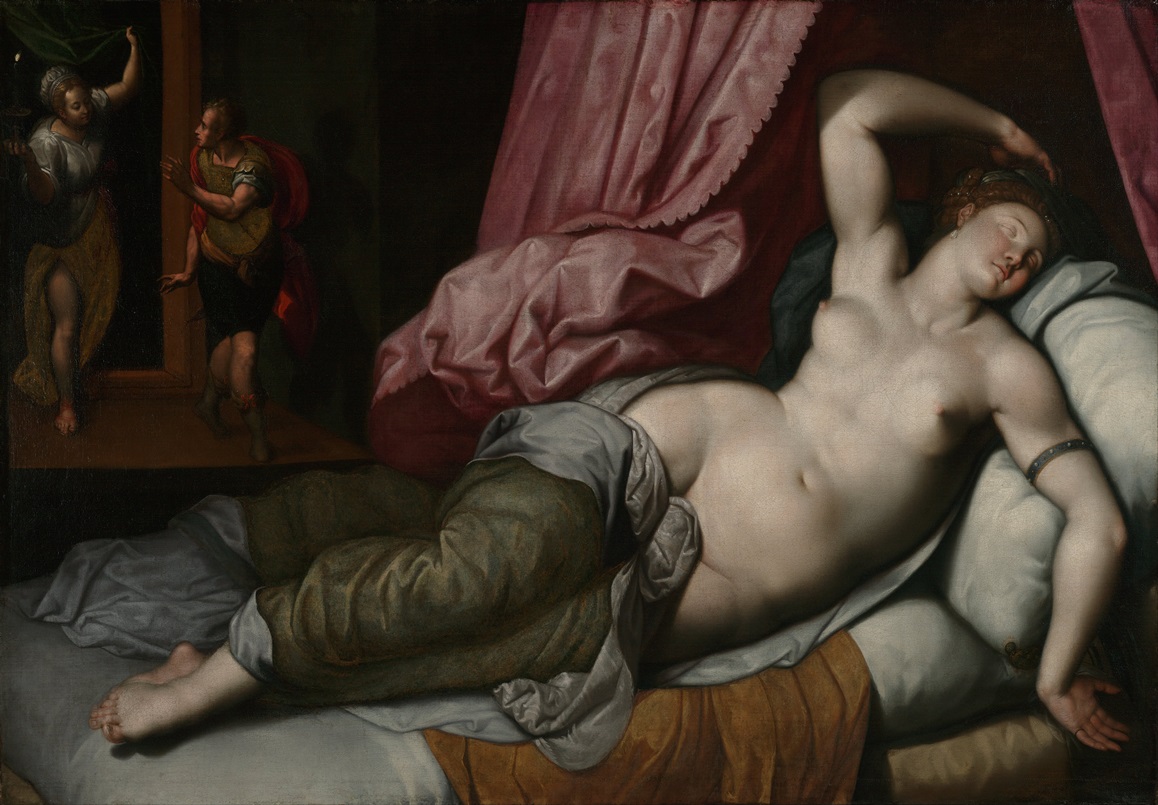
Jacob de Backer was a Flemish painter.
He is known to have worked in Antwerp between about 1571 and 1585 and was a very prolific painter. Many paintings and altarpieces in Antwerp and Italy are signed with his name. Bakker also created many elaborate compositions on allegorical subjects.

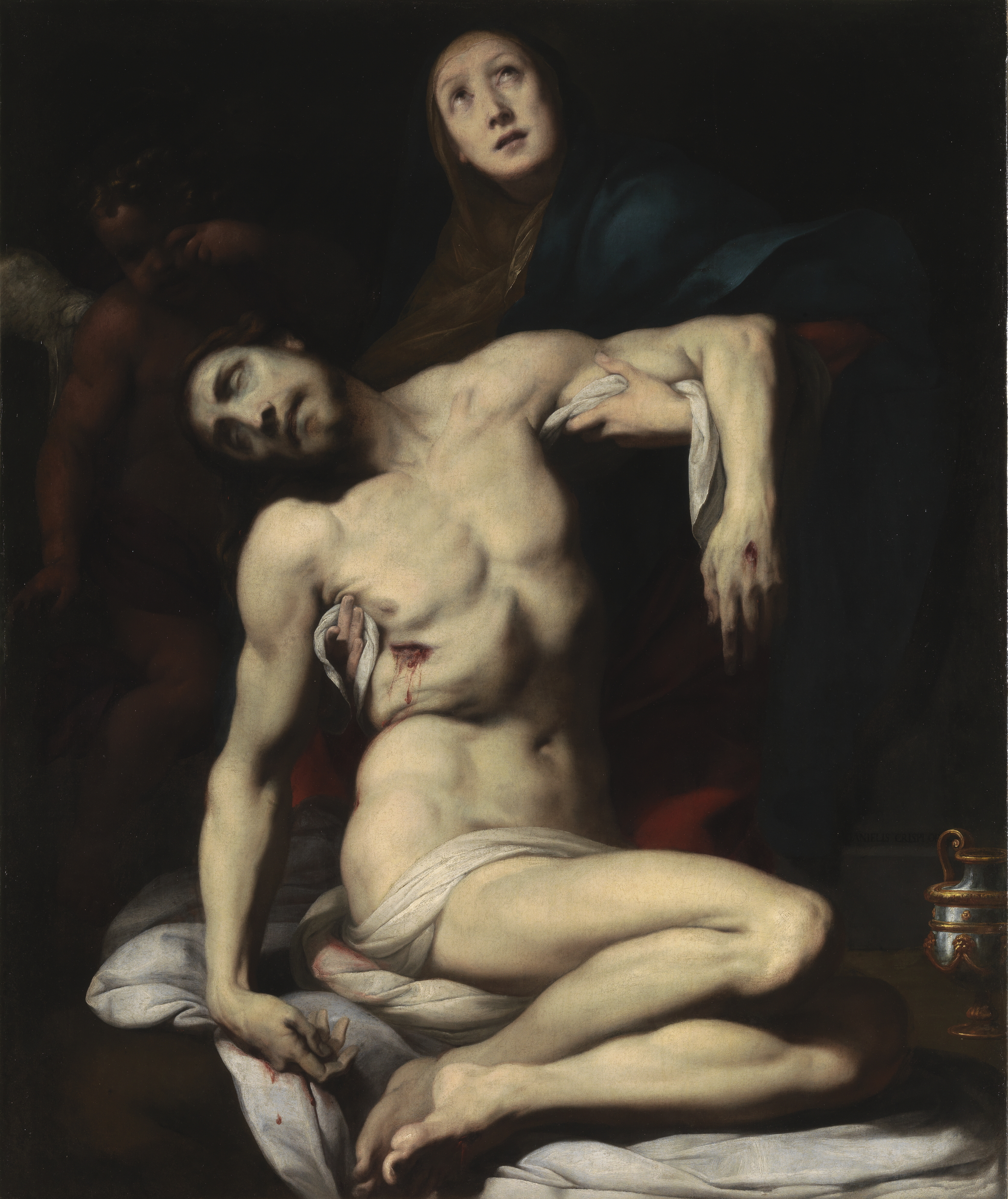
Daniele Crespi was an Italian painter and draughtsman. He is regarded as one of the most original artists working in Milan in the 1620s. He broke away from the exaggerated manner of Lombard Mannerism in favour of an early Baroque style, distinguished by clarity of form and content. A prolific history painter, he was also known for his portraits.

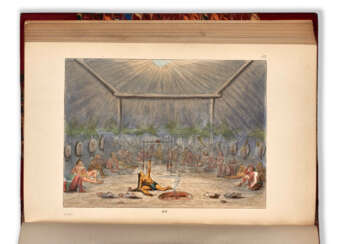





![[RUSSIA] - ATKINSON, John Augustus (1775-1831), illustratore - James WALKER (1748-1808) - A Picturesque Representation of the Manners, Customs, and Amusements of the Russians, in One Hundred Coloured Plates. London: W. Bulmer e Cleveland-Row, 1803.](/assets/image/picture_1242422/29616/yaezrfeorwrcaeig4sd2-w2fmj-1oms5wsdzexirhkypjufdw-1xlxofbehvgqt1608651686jpg__fix_374_244.jpeg)
![[RUSSIA] - ATKINSON, John Augustus (1775-1831), illustratore - James WALKER (1748-1808) - A Picturesque Representation of the Manners, Customs, and Amusements of the Russians, in One Hundred Coloured Plates. London: W. Bulmer e Cleveland-Row, 1803.](https://veryimportantlot.com/assets/image/picture_1242422/29616/yaezrfeorwrcaeig4sd2-w2fmj-1oms5wsdzexirhkypjufdw-1xlxofbehvgqt1608651686jpg__fix_374_244.jpeg)


